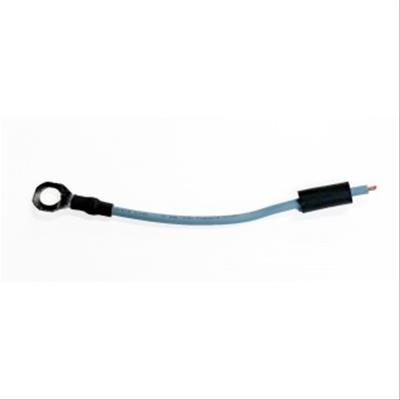Hi all,
New to the forums after finally inheriting my Dad's 1970 Mach 1 428 SCJ. Unfortunately he didn't get around to maintaining it, and it sat with fuel in it since about 2007. I got ahold of it and found a reputable classic repair shop and the car spent about 2 months in there. Upon getting it back its been running great, and I've gotten it out on the road a dozen or so times, until last Friday.
I had just given my Grandfather-in-law a ride and had returned home and shut the car off. My mother-in-law said she wanted a ride next, so we went out to start it back up and, nothing. No lights in the cabin, dash, or even headlights. When i went to try to turn the car over there wasn't even a click. We immediately got under the hood to see if anything had come loose, but everything looked to be fine. We used a multimeter on the battery, and it was still sitting right around 12v. Terminals and clamps have 0 corrosion. We used a circuit tester and all the wires directly connected to the solenoid were also lighting up as good. Under the car I didn't notice any corrosion or anything that had come loose. So we are kind of stumped. Any ideas where to look next? My Grandpa is guessing it may be a bad ground wire somewhere. There was also a slight whine that would come through the speakers whenever driving, and I remember reading something that that is also an indicator of a bad ground somewhere. I don't recall hitting any large bumps or doing anything that would have caused something to come loose. It's just puzzling that it was running fine, and then couldn't even get a light to flicker within 2 minutes of each other.
Appreciate any insight!
New to the forums after finally inheriting my Dad's 1970 Mach 1 428 SCJ. Unfortunately he didn't get around to maintaining it, and it sat with fuel in it since about 2007. I got ahold of it and found a reputable classic repair shop and the car spent about 2 months in there. Upon getting it back its been running great, and I've gotten it out on the road a dozen or so times, until last Friday.
I had just given my Grandfather-in-law a ride and had returned home and shut the car off. My mother-in-law said she wanted a ride next, so we went out to start it back up and, nothing. No lights in the cabin, dash, or even headlights. When i went to try to turn the car over there wasn't even a click. We immediately got under the hood to see if anything had come loose, but everything looked to be fine. We used a multimeter on the battery, and it was still sitting right around 12v. Terminals and clamps have 0 corrosion. We used a circuit tester and all the wires directly connected to the solenoid were also lighting up as good. Under the car I didn't notice any corrosion or anything that had come loose. So we are kind of stumped. Any ideas where to look next? My Grandpa is guessing it may be a bad ground wire somewhere. There was also a slight whine that would come through the speakers whenever driving, and I remember reading something that that is also an indicator of a bad ground somewhere. I don't recall hitting any large bumps or doing anything that would have caused something to come loose. It's just puzzling that it was running fine, and then couldn't even get a light to flicker within 2 minutes of each other.
Appreciate any insight!






